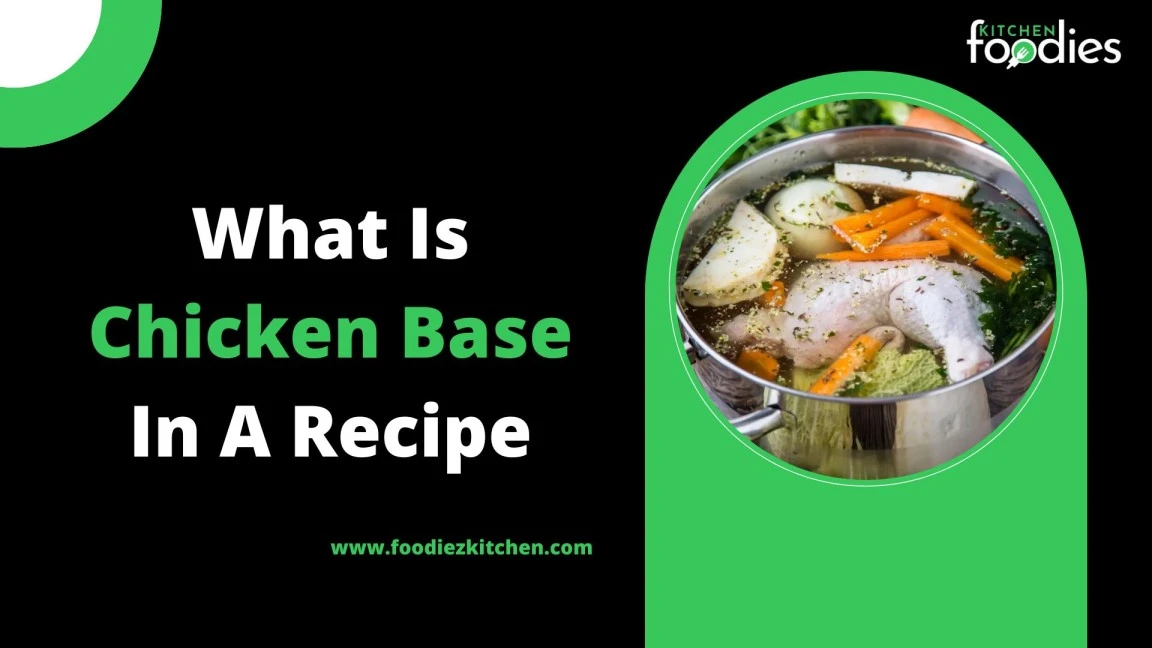Though I have lived in Italy for more than 15 years, I have yet to sample many varieties of pasta—from cooking to creating to just eating. Actually, I started this blog mostly to document my trip around the fantastic realm of Italian pasta so that others may also learn about it. And perhaps, travel with me on my pasta adventure! Still one of my favourite, though, is casarecce pasta right now!
What is casarecce pasta?

Short pasta noodles with curved edges and a groove down the middle, casarecce pasta is often known as 'casareccia' in some parts of Italy. These noodles have a somewhat like small rolled-up scroll appearance. Originally created by rolling tiny dough rectangles around a thin wooden pin or metal rod—which Italians refer to as a "ferro—casarecce pasta, which literally means "homemade," Many Italians still use these rods at home while cooking either other similar pasta or this.
But commercially produced casarecce pasta is created using either a Teflon die for mass production or a bronze die in the case of handcrafted production. spaghetti made with a bronze die is said to be immeasurably better here in Italy since the rougher surface of the spaghetti lets sauces stick better.
Built in Sicily!
Best sauce for casarecce pasta originally comes from Sicily. In other parts of Southern Italy, nevertheless, it is also a really popular pasta. Consequently, the greatest sauces to accompany it are those of traditional Southern Italian provenance with usually Mediterranean components including eggplant, tomatoes, cheese, and basil. Swordfish are one of the seafood or fish that this pasta is also commonly presented with. Actually, I like my Sicilian husband's casarecce pasta with swordfish recipe most of all.
Casarecce is a common meal among Sicilians using what is sometimes described as Sicilian pesto. Ricotta, tomatoes, basil, olive oil, and pine nuts make up this sauce bursting with the tastes of local cuisine. But there are also additional native pestos in Sicily, including Trapanese pesto, which combines basil, almonds, pecorino, and tomatoes in addition to almond pesto devoid of tomatoes. One of my favorites among Sicilian pestos also merits particular attention; mouthwatering pistachio pesto!
How should one prepare casarecce pasta?
First start with the sauce.
Cut and throw away the broccoli rabe's thicker stalks. Rinse the leaves and thinner stems in water after chopping them into little bits. Set aside in a colander to drain.
Heat the extra virgin olive oil in a large skillet over medium-heat. Add crushed red pepper flakes and garlic; sauté for one minute without scorching the garlic.
Put the broccoli rabe in the skillet; season with salt and black pepper; sauté on medium heat for three minutes.
Add half a cup of water now; cover with a lid and simmer for fifteen minutes or until soft.
Check once or again to make sure the pan is not dry; if so, add more water.
Remove the garlic, toss in the olives and chopped sun-dried tomatoes, and simmer for approximately one minute when the broccoli rabe is done.
Cook and toss the pasta.
In a large saucepan with lots of salted boiling water, cook the Casarecce pasta recipe following the package directions less one minute.
Save a cup of pasta cooking water; strain the pasta then toss it into the skillet alongside the vegetables.
Toss the pasta in the sauce for roughly one minute or until most of the liquid on the pan is gone using one-fourth cup of leftover pasta water.
Turn off the heat and crumble most of the feta—or non-dairy feta—as you add it. Toss for a few seconds; then taste and adjust for salt.
Add olive oil, salt, red pepper flakes, black pepper, and perhaps a grating of lemon zest.
Present the spaghetti on a platter topped with a last sprinkling of crumbled feta or non-dairy feta.
Casarecce pasta ingredients and substitutes

- Substitute rotini, fusilli, orecchiette, cavatelli, trofie, penne, or another small pasta type. To follow the recipe without gluten, use pasta free of gluten.
- Replace rapini, broccolini, broccoli florets, chopped kale, and spinach with broccoli rabe.
- Olives: We Italian olive taggiasche. One more good choice are Greek Kalamata olives.
- Sun-dried tomatoes in oil taste quite delicious.
- Garlic: Fresh garlic is advised.
- Red pepper flakes: substitute a finely chopped fresh chile.
- Replace ordinary olive oil with extra virgin olive oil.
- Black pepper and salt: we advise sea salt or kosher salt.
- Substitute vegan cheese, ricotta, non-dairy-ricotta, or non-dairy feta cheese.
Suggestions
Undercook the pasta one to two minutes. Undercooking it will help you to toss it into the sauce without overdosing it. The pasta will maintain lovely and al dente (with a bite) and blend with the taste of the sauce.
Cook in plenty of highly salted water; pasta should be cooked in thoroughly salted water. Use a big saucepan; be bold with the salt.
These are some pointers on perfectly cooking pasta:
Cook eight ounces of pasta (230 grams) in two quarts of boiling water (eight cups or two liters) using one tablespoon of salt (15 grams). fits two to three persons.
Cook 12 ounces (340 grams) of pasta in 3 quarts of boiling water (12 cups or 3 liters) using 1 ½ teaspoons of salt (21 grams). For four persons.
Cook one pound of 450 grams pasta in one gallon of boiling water (16 cups or 4 liters) using two tablespoons of salt (30 grams). Drives five to six passengers.
Storage and Make Ahead
Make ahead: Like a pasta salad, you might present this spaghetti dish room temperature.
To avoid overdone Casarecce pasta with chicken recipe in this scenario, drain it and rinse it under cold water for ten seconds.
In a bowl off the stove, toss it with the other ingredients.
Taste and adjust for cheese and salt; you have a wonderful meal-prep-friendly recipe fit for picnics and potlucks as well.
Leftovers should be refrigerated in an airtight container for twenty-four hours.
Recipe is not fit for freezing in a freezer.
Reheat: Two minutes in the microwave will reheat the spaghetti. Alternatively, do this on a pan drizzled in olive oil.








